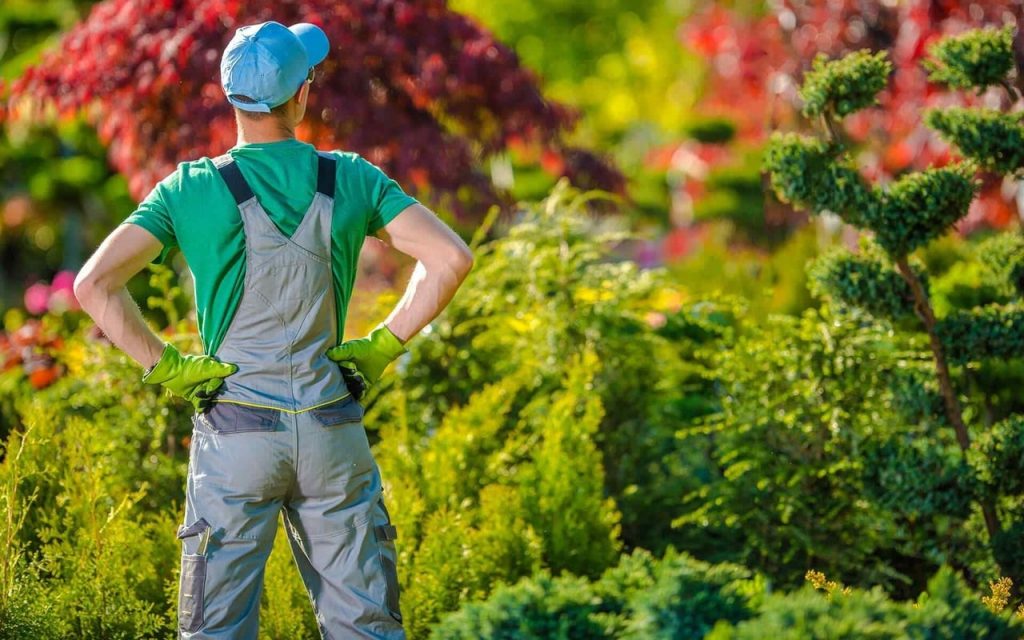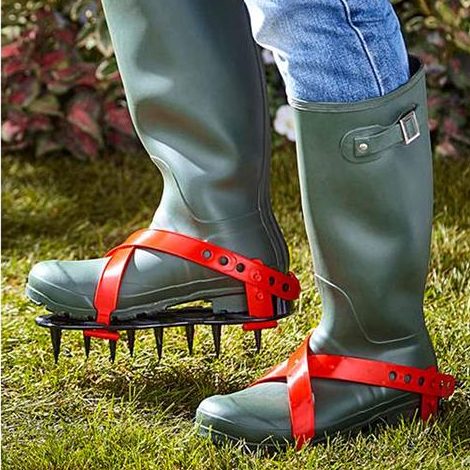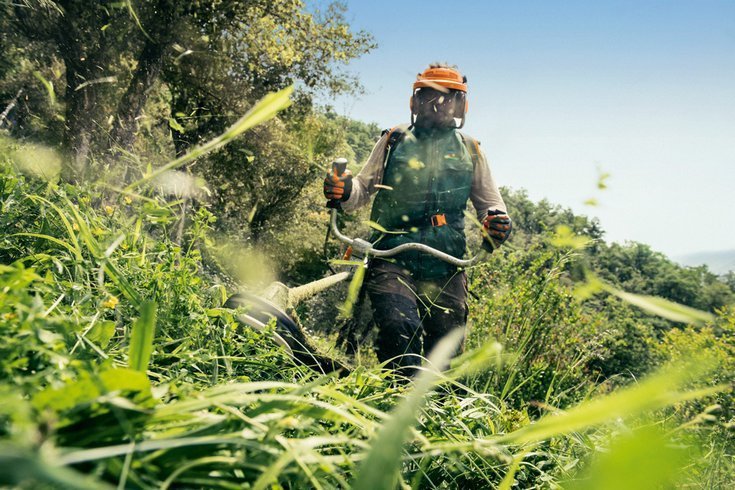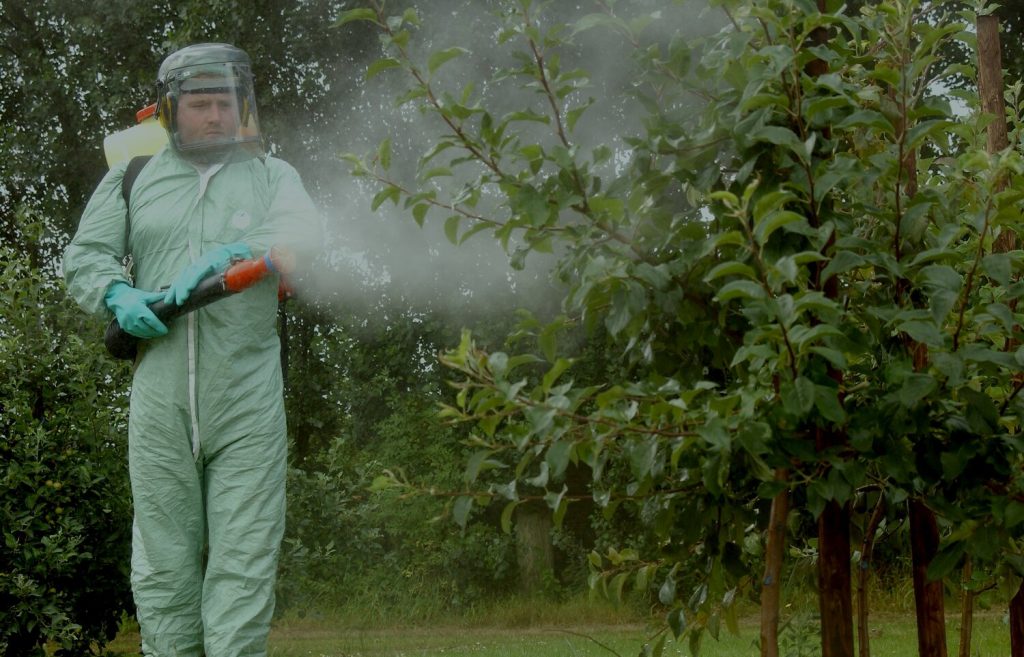Comfort and protection are key factors when choosing gardening workwear. Workers spend a lot of time outdoors, exposed to solar radiation, variable weather, and other external factors.
Comfortable gardening workwear should provide ventilation, moisture removal, and freedom of movement so that workers can comfortably perform their duties and not feel discomfort from overheating or sweating.
At the same time, workwear must provide reliable protection against potential hazards that gardening workers may encounter on the field. It should prevent cuts, protect against chemicals, ensure safety when working with sharp objects, and protect against other possible risks associated with professional activities.
When choosing gardening workwear, there are several important aspects to consider. The first aspect is protection from harmful factors. Gardening workers must be protected from ultraviolet radiation, dust, chemicals, and other potentially harmful exposures.

The second aspect is the wear resistance and strength of workwear materials. Work clothing must be able to withstand heavy use, contact with sharp objects, and contact with rough surfaces without losing its protective properties.
The third aspect is comfort and freedom of movement. Gardeners and agricultural workers perform a variety of tasks in the field that require active movement. Therefore, gardening workwear must provide comfort and freedom of movement so that workers can perform their jobs effectively.
In addition, climatic features and seasonality are also important when choosing gardening workwear that must be adapted to different weather conditions and seasons so that workers can feel comfortable at any time of the year.
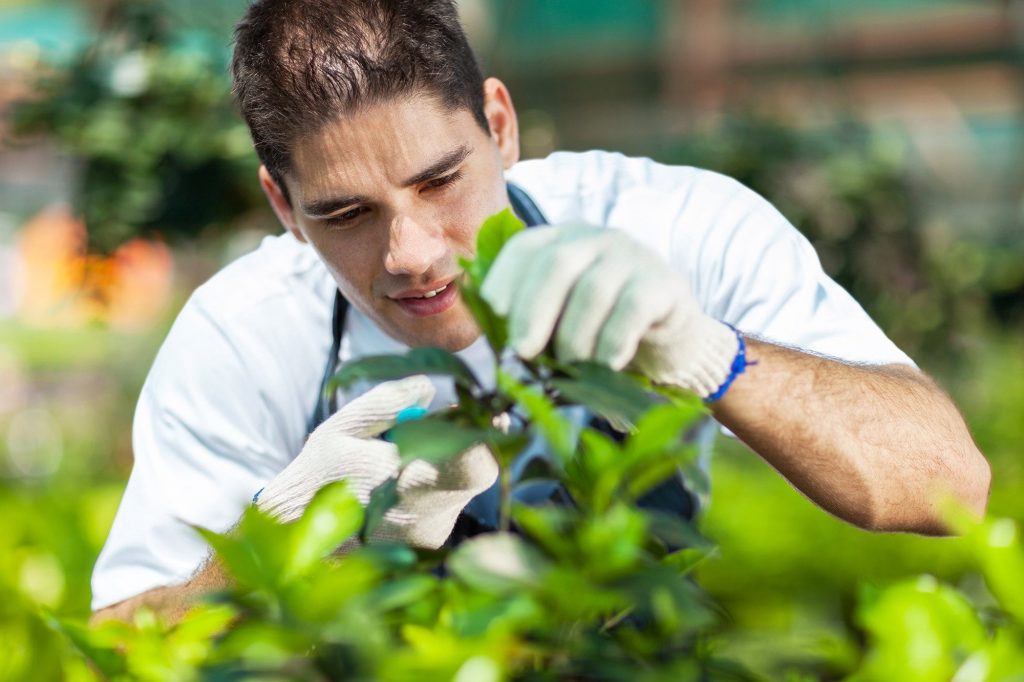
With all these aspects in mind, choosing the right gardening workwear is an integral part of keeping workers safe and comfortable in the field.
Table of Contents
Gardening Workwear Requirements
Protection from Harmful Factors
Gardeners and agricultural workers are exposed to various hazards in their daily work. First, ultraviolet radiation from the sun can cause burns and damage to the skin. Therefore, gardening workwear must have protective properties against UV radiation, for example, be made of materials with a high level of UV protection or have additional protection elements.
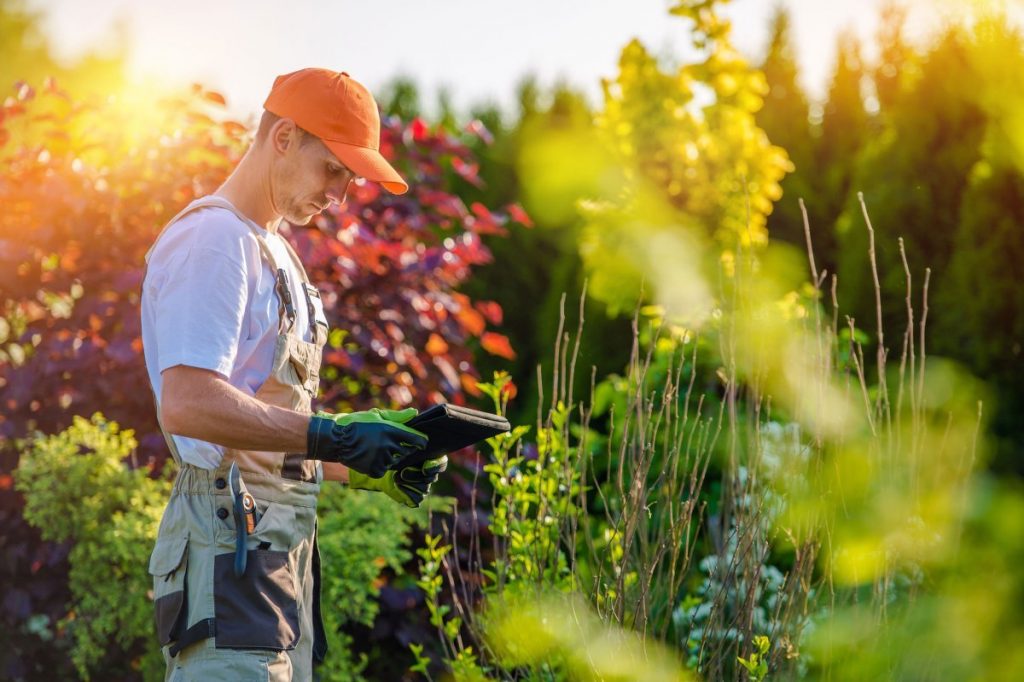
Secondly, dust and pollution can harm the respiratory system. Gardening workwear must be able to prevent the penetration of dust and particles inside, for example, using special masks or built-in filters.
Third, chemicals such as fertilizers, pesticides, or herbicides can be harmful if they come into contact with the skin. Therefore, workwear must be made of materials that are resistant to chemical penetration and have protective properties that prevent contact with skin.
Resistance and Strength of Materials
Field and garden work can be physically intense and involve contact with rough surfaces, sharp objects and other potentially hazardous elements.
Overalls must be made of durable and wear-resistant materials that can withstand such conditions and do not lose their protective properties over time.
Particular attention should be paid to reinforced seams, which prevent tears and ensure the durability of the workwear. It is also possible to use additional protective elements such as knee pads or knee inserts to protect against cuts and damage when working on your knees.
Comfort and Freedom of Movement
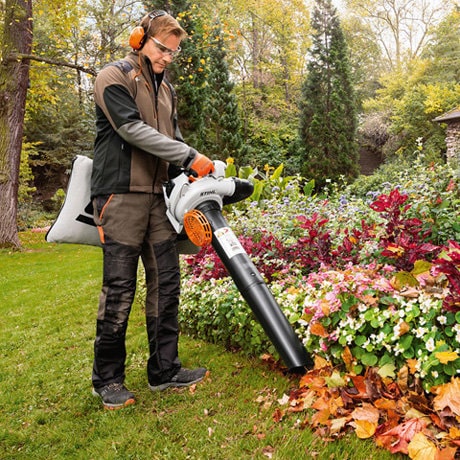
Horticulture and agriculture workers perform a variety of tasks that require active movement, flexibility, and comfort.
Gardening workwear must be designed in such a way as to provide freedom of movement and not restrict workers from performing their duties.
In addition, gardening workwear must have good ventilation and moisture removal to prevent overheating and sweating during prolonged physical activity. This can be achieved through the use of breathable materials and ventilation holes.
Climatic Features and Seasonality
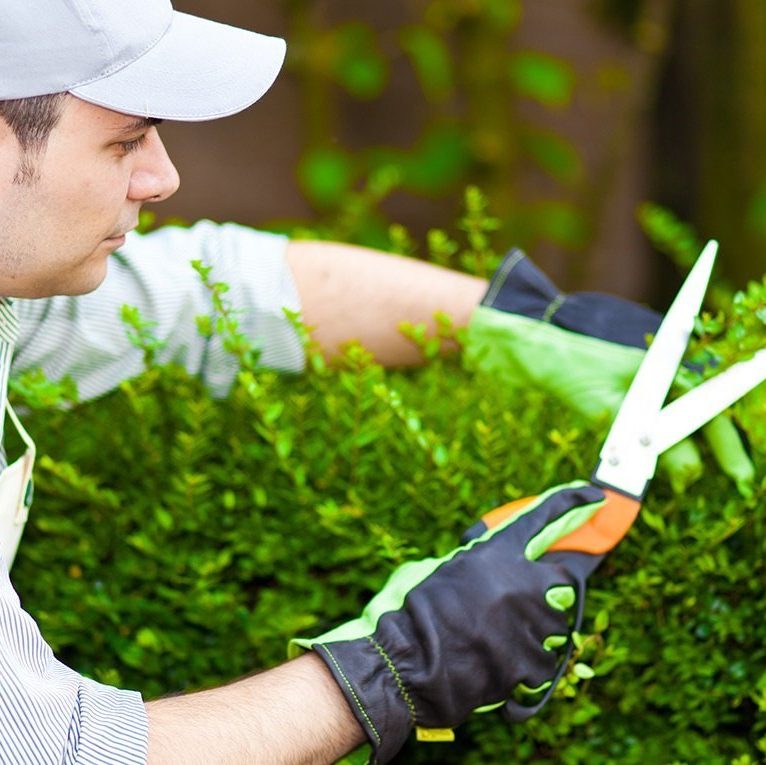
Horticultural and agricultural workers face different climates and seasons throughout the year. When choosing gardening workwear, these factors must be taken into account.
The hot summer months require lightweight, breathable clothing to prevent overheating and keep the body cool.
During the cold winter months, insulated clothing is required to protect against cold and moisture. For intermediate seasons, universal workwear that can easily adapt to changing weather conditions may be necessary.

It is important to choose gardening workwear that meets the demands of each season so that workers can be protected and comfortable all year round when working in the field.
Protective Elements of Gardening Workwear
Head Protection
Head protection is an important aspect of gardening workwear. While working in the field, the head may be exposed to various hazards such as falling objects, impacts, and exposure to solar radiation.
To protect workers’ heads, special hats, helmets, or Panama hats with protective visors are often used. These items can prevent small objects from landing on a worker’s head and face and also protect against direct sunlight, reducing the risk of burns and skin damage.
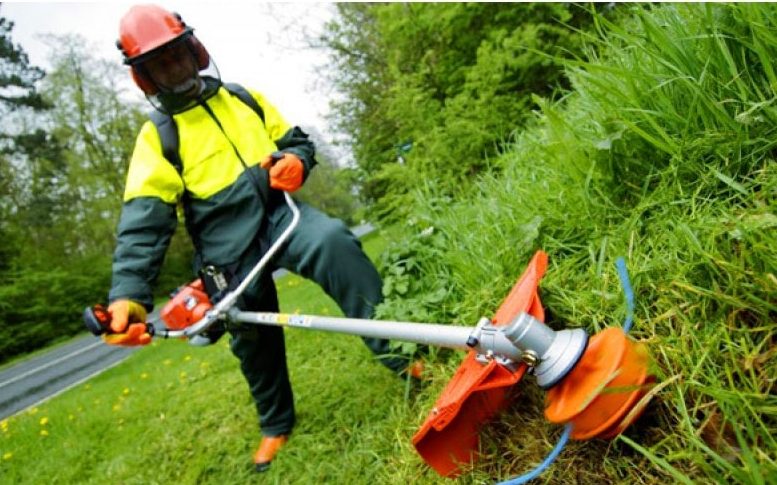
In addition, some protective headgear may be equipped with special anti-impact inserts or built-in devices to protect against impacts and head injuries.
Safety Glasses or Face Masks
Eye and face protection is also an integral part of gardening workwear. While working in the field, there is a risk of particles, dust, chemicals, or small debris coming into contact with your eyes, which can cause damage and injury.
Gardeners should wear safety glasses or masks to protect their eyes and face. These protective devices prevent hazardous substances and objects from entering the eyes and protect the face from possible damage.
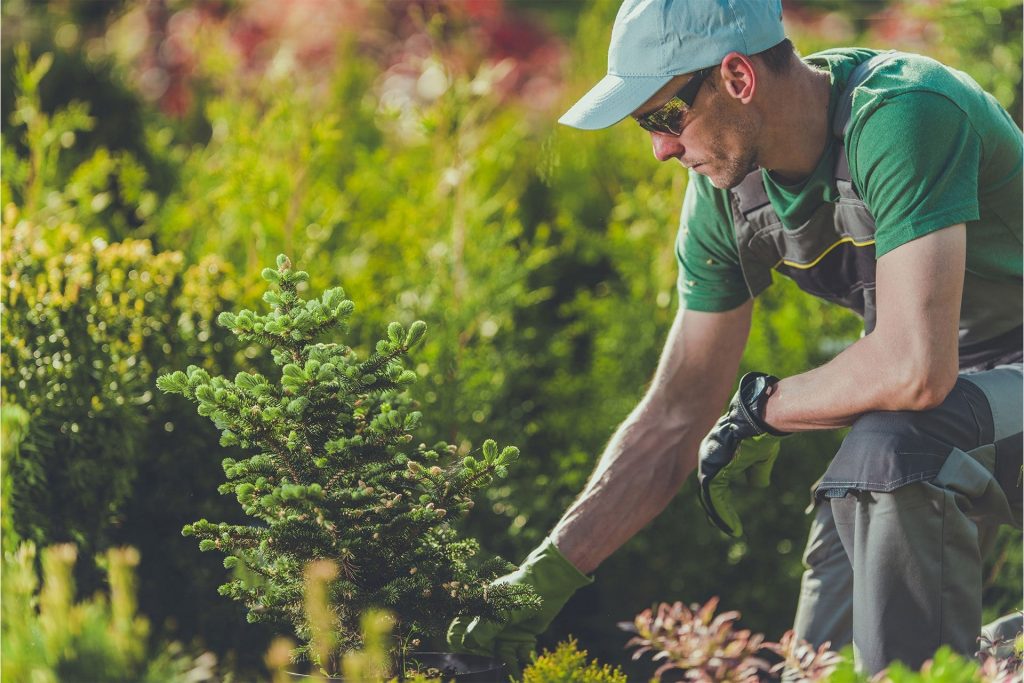
Safety glasses or face masks should be made of durable materials that won’t break or scratch. They should provide complete coverage of the eyes and face, minimizing the risk of penetration of harmful substances and particles.
In some cases, specialized safety glasses or masks may be required, such as UV protective glasses or dust and chemical filter masks, depending on the specific field conditions.
Hearing Protection

Fieldwork in horticulture and agriculture is often accompanied by intense noise, which can negatively affect workers’ hearing. Constant noise can lead to hearing loss and other hearing problems.
To protect their hearing, gardeners are recommended to use special headphones or earplugs. These protective products create a barrier to sound and help reduce the level of noise reaching the ears. They should be comfortable to wear for long periods and provide effective protection against harmful sound effects.
When choosing headphones or earplugs, it is necessary to consider the level of noise that the gardener will encounter and select the appropriate protection class. You should also pay attention to the quality of sound insulation and wear comfort for maximum efficiency and comfort.
Hand Protection
Hands are one of the most important parts of the body that are at risk of damage and injury when working in the field.
Gardeners and agricultural workers may be exposed to sharp objects, tools, chemicals, and other hazards that can cause skin damage and injury.
To protect their hands, Gardeners must use gloves with protective properties. These gloves should be made of durable materials that protect them from cuts, chips, insect bites, and chemicals or harmful substances they may encounter during their work.
Depending on the specific tasks and risks associated with working in the field, different types of gloves may be required.
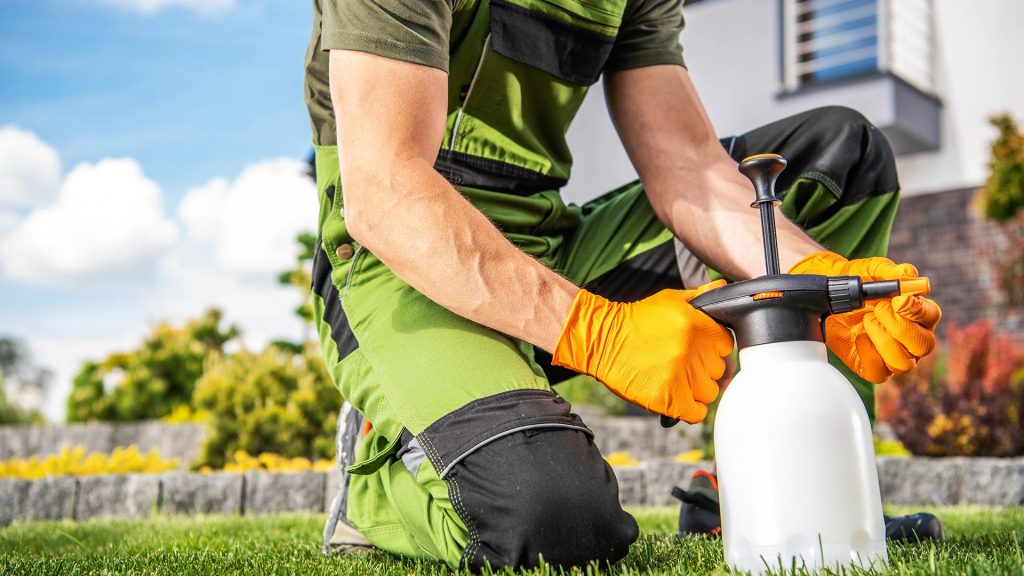
For example, for working with sharp tools, gloves with reinforced coatings on the palm and fingers can be used, and for working with chemicals, gloves made of special chemical-resistant materials can be used.
It is important to choose the right size gloves that fit snugly and do not restrict movement. Proper hand protection helps prevent injuries, cuts, and exposure to hazardous substances and keeps your hands in good condition when working in the field.
Gardener Safety Boots
When working in the fields, gardeners and agricultural workers need reliable foot protection, as they are at risk of punctures, contact with chemicals, and slipping.
Gardener safety boots should be puncture-resistant to prevent possible foot injuries from sharp objects such as sharp stones, nails, or sharp plants. They should also be made from materials that are chemical resistant to prevent contact with harmful substances that may be present in the field or used in farming.
In addition, Gardener safety boots should have good anti-slip soles to prevent slipping on wet or slippery surfaces.
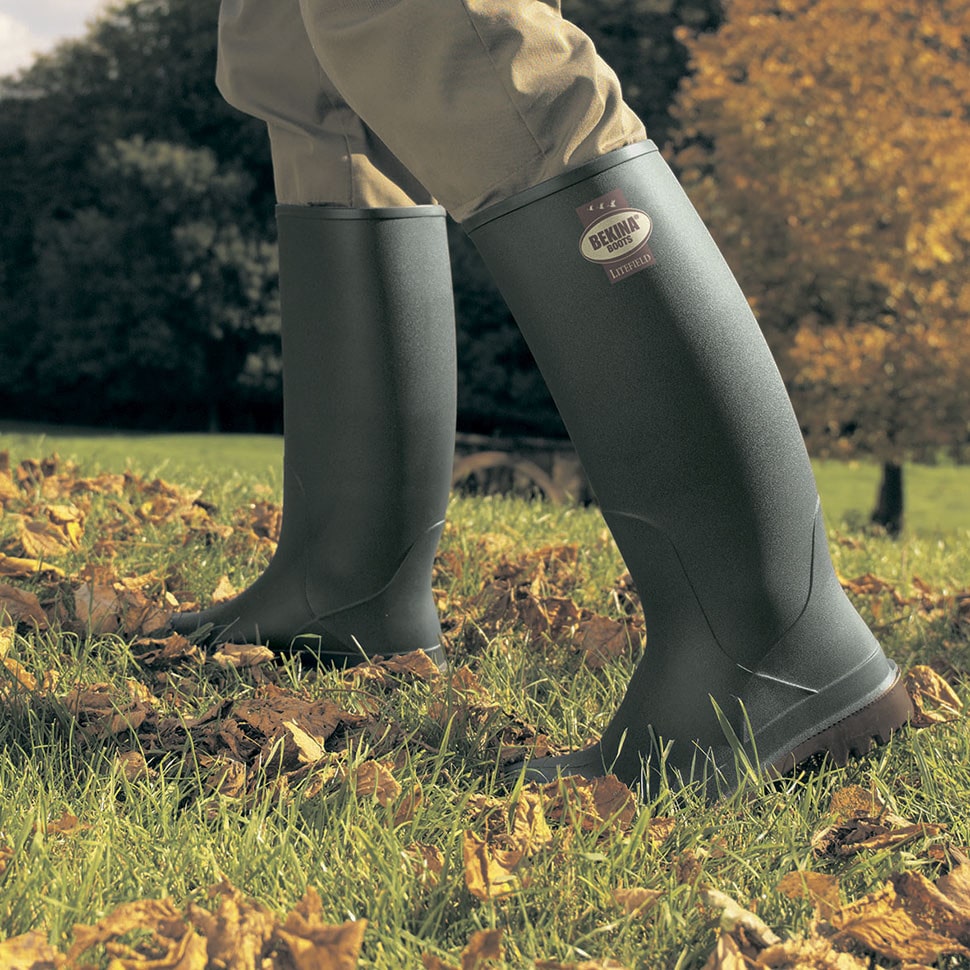
This is especially important in gardening and agricultural environments where workers may encounter mud, water, or other slippery materials.
Protective Clothing
To fully protect gardening and agricultural workers, special protective clothing is required, which may include suits, overalls, or special aprons.
Protective gardening suits provide complete coverage of the worker’s body and protection from various hazards on the field, including contact with harmful substances, dust, insects, and mechanical damage. They are often made from durable and puncture-resistant materials such as nylon, polyester, or cotton.
Overall provides comfort and freedom of movement for the worker while protecting him from harmful factors.
They may have additional protection, such as reinforced knees or elbows, to prevent injury when working on your knees or in positions that require support from your elbows.
Special aprons can be used for specific tasks or types of work, such as when handling chemicals or when working with sharp tools. They protect the front of the body from splashes, particles, and other potentially harmful influences.
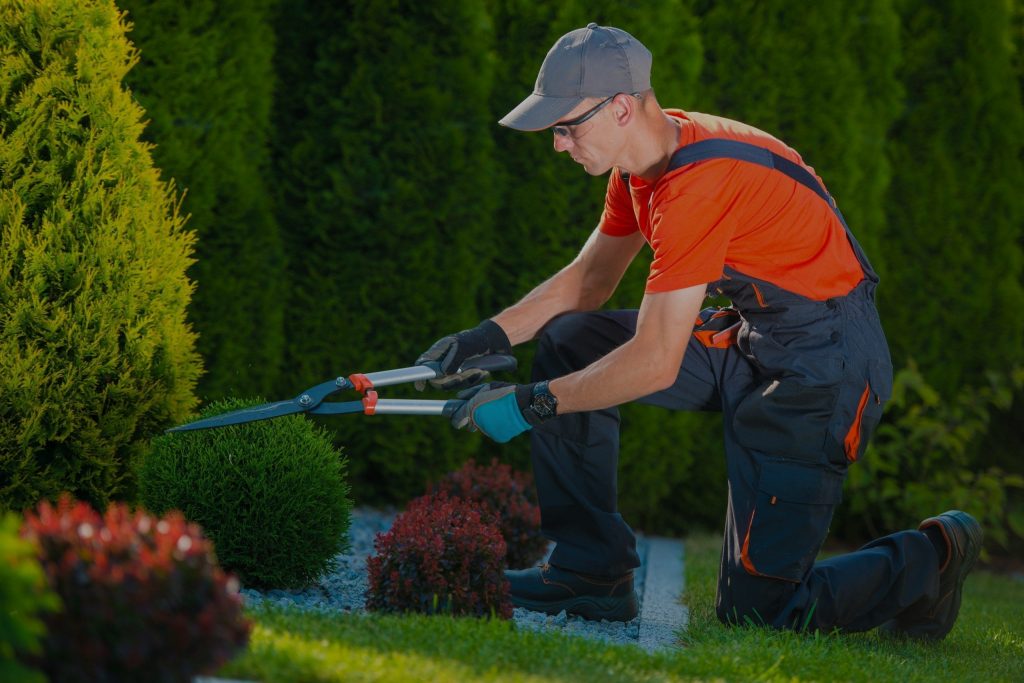
The choice of protective gardening workwear depends on the specific needs and risks associated with working in the field.
It is important to choose quality materials and the correct dimensions to ensure comfort and efficiency while working while providing the necessary protection.
Comfortable Elements of Gardening Workwear
Moisture Management and Ventilation to Prevent Overheating and Sweating
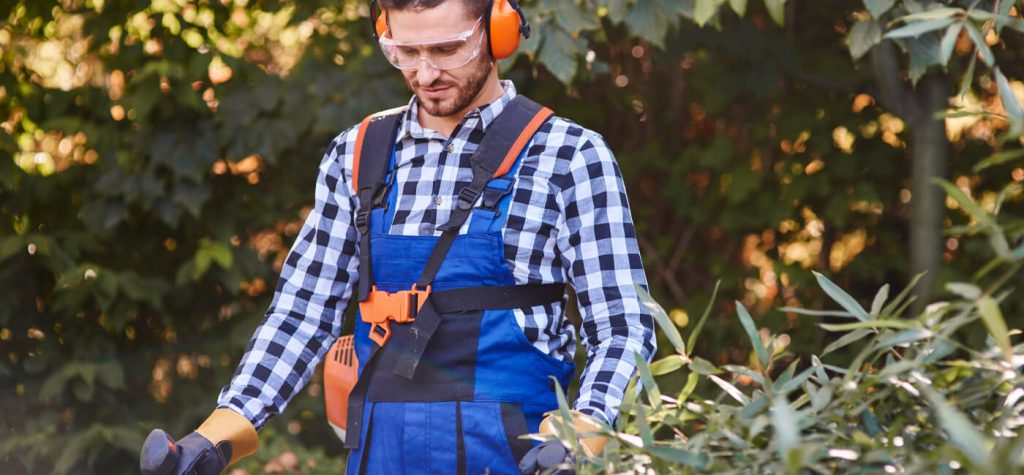
Fieldwork in horticulture and agriculture can be physically intense and demanding. At the same time, workers experience increased amounts of sweat, especially on hot days or when performing strenuous physical work.
Comfortable elements of gardening workwear include moisture management and ventilation. Workwear materials must be able to remove moisture from the skin and ensure its rapid evaporation.
This helps prevent overheating and reduce sweating, which in turn provides a more comfortable working environment in the field.
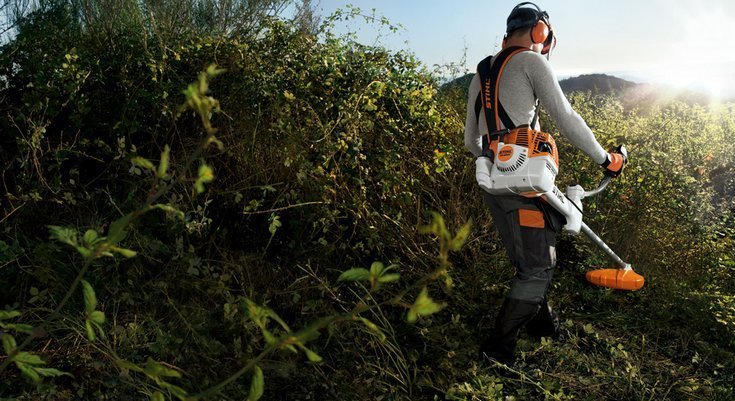
Special technologies and materials such as wicking fibers, membranes, or vents may be used to ensure moisture removal. This allows workers to remain dry and comfortable even in conditions of increased physical activity and heat.
Ergonomic Design and Freedom of Movement
An important aspect of comfort in gardening workwear is its ergonomic design and freedom of movement. Working in the field requires flexibility and agility, so workwear must be specifically designed to ensure comfort during active movement.
Ergonomic workwear design includes proper seam placement, appropriate fit, and improved cuts to prevent movement restrictions and friction.
It should allow freedom of movement in areas where it is needed, such as the shoulders, arms, knees, and waist.
In addition, gardening workwear may have adjustable features such as cuffs, waistbands, or fasteners to provide individual fit and comfort based on each worker’s preferences and characteristics.
Ergonomic design and freedom of movement in gardening workwear help improve comfort and efficiency while reducing the risk of injury and fatigue during everyday tasks in the field.
Convenient Pockets for Storing Tools and Accessories
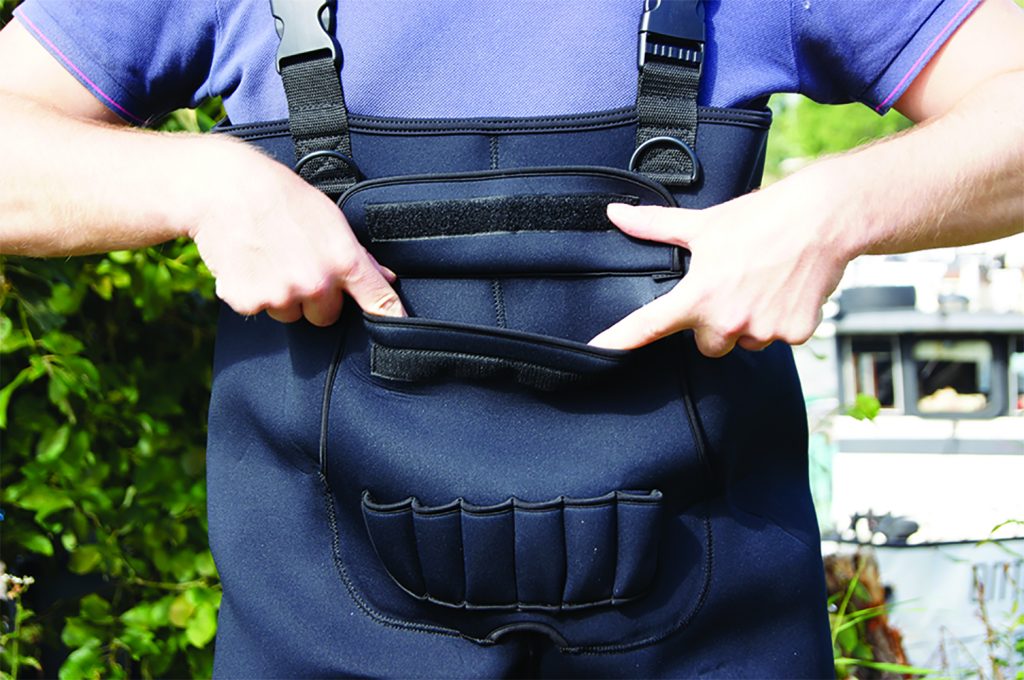
In specific occupations such as horticulture and agriculture, workers often work with a variety of tools, tools, and accessories. Therefore, in gardening workwear, it is very important to provide convenient pockets for storing these items.
Convenient pockets can be placed on different parts of workwear, such as jackets, trousers, or overalls. They must be specially designed and equipped to provide safe and convenient storage of tools and accessories.
Pockets can come in different sizes and shapes to accommodate different types of tools such as scissors, pruners, hand tools, and other accessories.
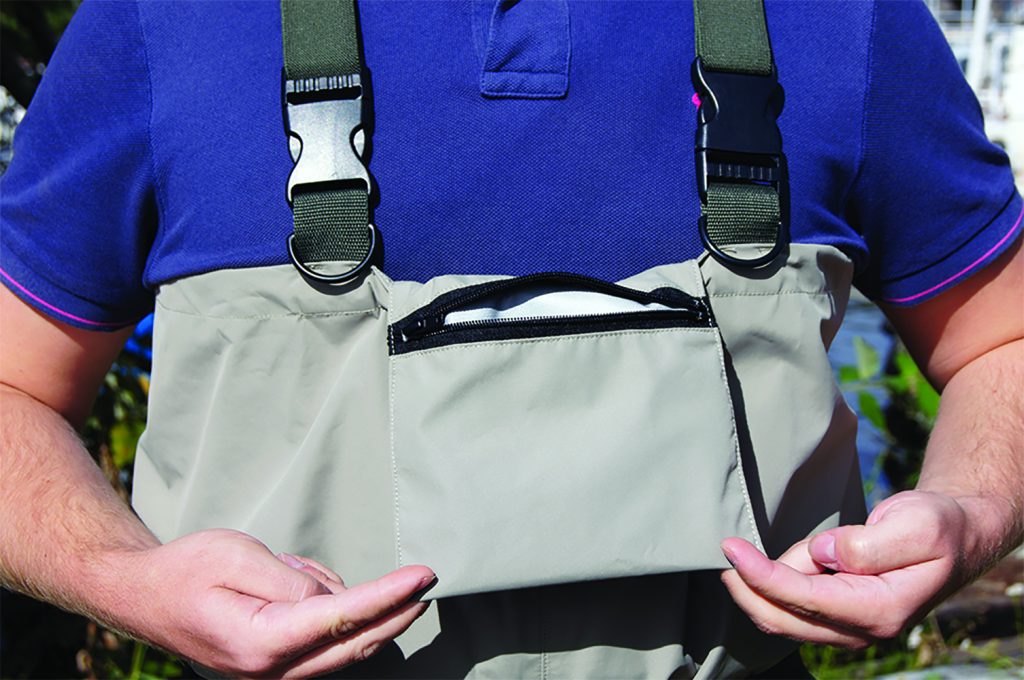
They must be durable and reliable to prevent tools from falling out or being lost while working in the field.
In addition, pockets should be conveniently located and easily accessible so gardening workers can quickly access tools and supplies without unnecessary strain or distraction from work.
Convenient pockets in gardening workwear help organize workflow and improve productivity by allowing workers to have the necessary tools and supplies always at hand.
Technical Innovations and New Materials
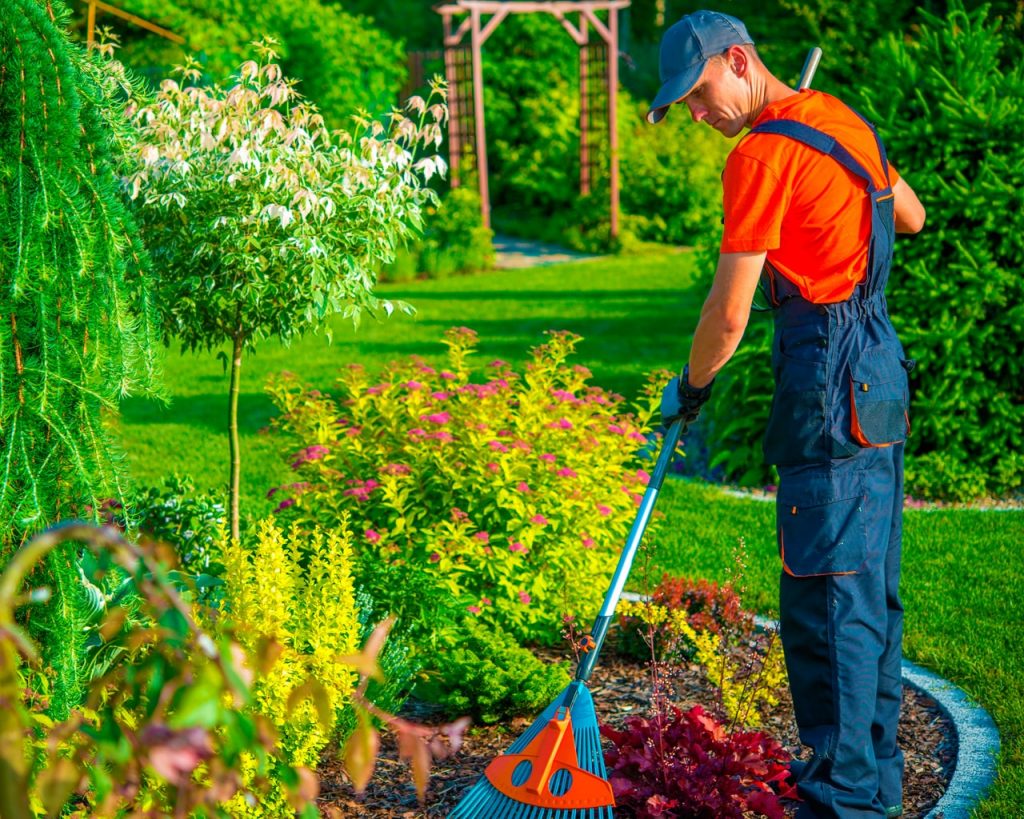
Progressive Fabrics with Improved Properties
In recent years, there has been significant progress in the development of special fabrics with improved properties that can be used in gardening workwear.
Such fabrics have many advantages that increase comfort and protection when working in the field.
Breathable fabrics provide good air circulation, which allows the skin to breathe freely and prevents overheating. They allow excess moisture to evaporate, which is especially important in conditions of increased physical activity.
Moisture-wicking fabrics can actively remove moisture from the skin and quickly evaporate it, preventing sweating and creating a comfortable working environment.

In addition, the new fabrics may have antibacterial properties, helping to maintain hygiene and freshness even during long working days in the field.
Reinforced Seams and Cut-resistant Materials
Technical innovations in workwear also include reinforced seams and the use of cut-resistant materials. Working in the field can pose a risk of damage to clothing, especially when working with sharp tools or when surrounded by sharp objects.
Reinforced seams, made using special technologies or additional layers of materials, increase the strength and durability of workwear. They prevent tearing and provide better protection.
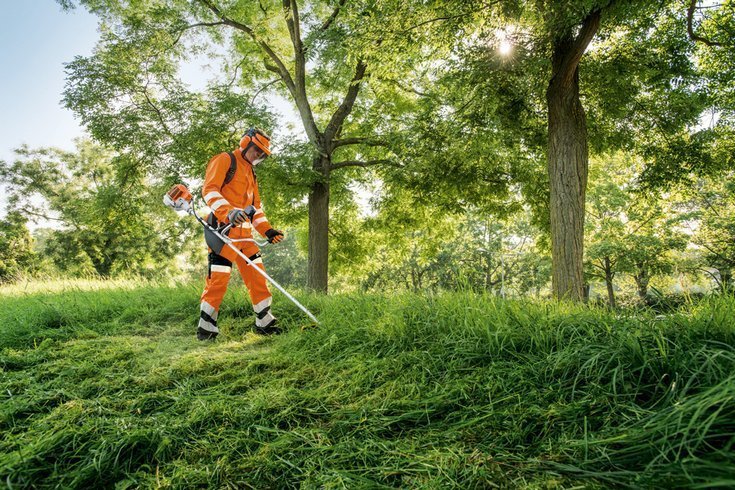
Cut-resistant materials have special structures or additives that make them less susceptible to cuts and punctures.
This is important to protect workers from potential injury and damage when working with sharp objects or on sharp surfaces.
Natural and Environmentally Friendly Materials
In modern conditions, more and more attention is paid to environmental friendliness and sustainability of production. In the production of gardening workwear, natural and environmentally friendly materials are increasingly being used.
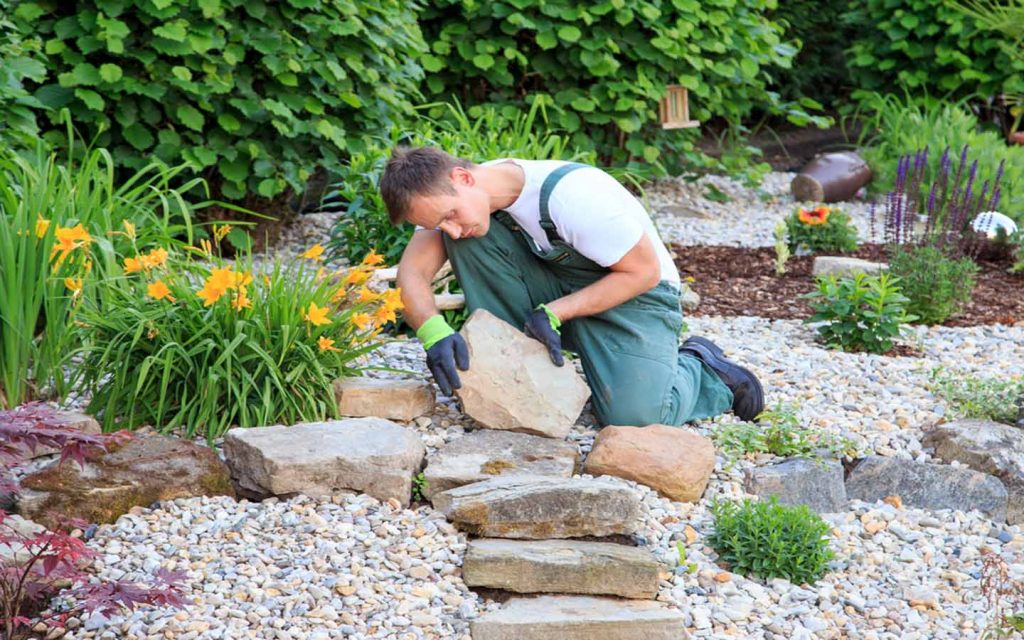
Natural fabrics such as cotton, linen, or bamboo offer the benefits of good breathability, softness, and a pleasant skin feel.
They are also more environmentally friendly and can be biodegradable, helping to reduce the negative impact on the environment.
In addition, innovative materials are emerging that are created using recycled or recycled materials. This reduces resource use and waste, contributing to sustainable development and environmental protection.
The use of natural and environmentally friendly materials in gardening workwear reflects the growing need for environmentally responsible solutions and allows workers to feel comfortable and safe without harming the environment.
Conclusion
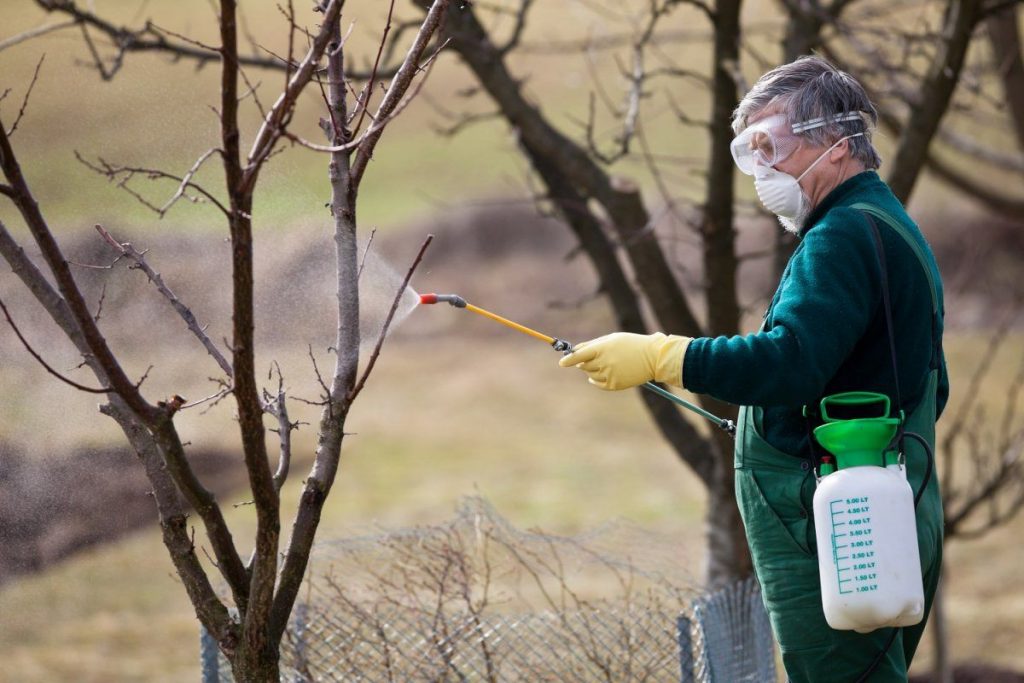
Properly selected workwear provides gardening and agricultural workers not only with comfort and protection but also increases their productivity and confidence in their safety on the field.
We hope that this article will help readers make informed choices about gardening workwear, taking into account the importance of comfort and protection, and make their work safer, more productive, and enjoyable.


